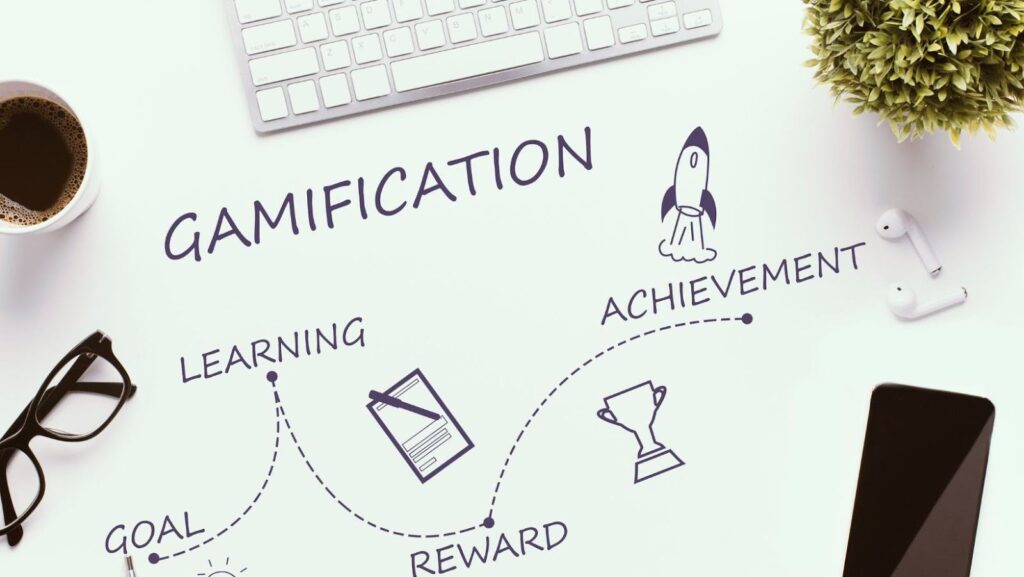
Psychology plays a critical role in anything that involves thought, motivation, and behavioral patterns, in fact, almost everything. This means gamification, which incorporates these three ideals, is driven by psychological principles. Gamification refers to using motivational tactics to make mundane tasks fun and engaging. The primary purpose of gamification is to influence people to take your desired actions. The concept of influencing user behavior is something that typically drives the decision-making of brands like ice casino, etc, and employers. This post will go over the psychology associated with gamification as well as how it influences the user’s mindset and behavior.
What Is Gamification?
Gamification is the inclusion of game elements, including competition, challenges, and rewards, into non-game scenarios to engage user motivation and engagement. Pokemon Go is one good example of gamification. It turns a daily walk (which many people don’t do but should) into something everyone wants to suddenly engage in. Pokemon Go was such a successful game partly because those who played it benefited from the daily workouts and social interaction. Another popular application of gamification is rewards. Many businesses cash in on this strategy because we all love getting rewards, don’t we? In particular, supermarkets and coffee chains have thrived with their loyalty programs.
For example, Starbucks rewards customers with points, known as ‘stars,’ for each purchase. When customers accumulate a specific number of points, they earn free food items and drinks. This marketing strategy boosts consumer loyalty and retention. Moreover, research shows that 75% of consumers would gladly switch brands to get better loyalty programs.
The Psychology Supporting Gamification
The principles of behavioral psychology underpin the concept of gamification. Various psychological concepts and theories play a part in making gamification so effective; below, we are telling about some of them:
- Intrinsic motivation: Human beings are innately driven by aspirations of purpose, mastery, and autonomy. Gamification leverages these innate motivations by giving users a feeling of progress and achievement. When users experience a feeling of purpose and control, they’re more than likely to perform assigned tasks.
- Rewards and reinforcement: Using rewards like points, virtual currency, and badges taps into the psychological notion of reinforcement. When users get rewarded for reaching milestones or finishing tasks, this reinforces their behavior, ensuring they’re more likely to take the same desired actions next time.
- Social influence: As social beings, humans are more often than not influenced by the opinions and actions of others. It leverages social influence by integrating social elements like challenges, peer-to-peer competition, and leaderboards. When people see their peers or friends succeeding, they’re inspired to join in, driving participation and engagement.
- Progression and mastery: The feeling of progression and mastery is one of the fundamental stimulators of game engagement. Gamification uses elements like challenges, quests, and levels to give users a clear roadmap and opportunities for leveling up. As users advance through the game’s levels, they experience a feeling of satisfaction and achievement, inspiring them to stay engaged and continue playing.
How Gamification Increases Your Motivation
Gamification works only when it drives you to complete a task. As such, it’s important to have a simple understanding of the origins of our motivation. There are lots of theories about what motivates humans, but according to Scientific American, three main elements drive motivation:
- Autonomy: You become motivated when you’re in control. When you have a sense of authority, you’re more likely to pursue your goals for much longer.
- Competence: You’re more likely to continue doing something the better you get at it. Similarly, when you understand that something requires hard work rather than some natural ability, you’ll more likely continue working on it.
- Value: When you value something, you’re more motivated to do it. If you feel a certain goal is crucial, you’re more likely to work to achieve it.
The points above are quite simplified, but they help us learn how gamification leverages our innate motivations. There are two main types of motivations:
– Extrinsic motivation;
– Intrinsic motivation.
The former comes from external factors such as grades or money. At the same time, the latter is influenced by internal factors such as your enjoyment or interest. In addition, intrinsic motivation is driven by friendly competition. Research has shown that some people thrive when in competition with others. Gamification typically achieves this through leaderboards for stuff like health and exercise. Not everyone has a competitive spirit, though. But if you consider yourself competitive, you can get going with gamification.
Ready to Gamify?
We all have our aspirations, emotions, rationales, and insecurities that influence our willingness to complete certain activities. Gamification prioritizes our feelings, engagements, and motivations to inspire us to complete any specific task, whether in business, marketing, healthcare, or e-learning. It is excellent at influencing user behavior because it triggers dopamine release. It also brings about the sensation of mastery and progress, personalization, the reciprocity principle, and social impact. Ultimately, game design is here to stay. It’s a powerful method that integrates essential aspects of human psychology, benefitting creators and users.










